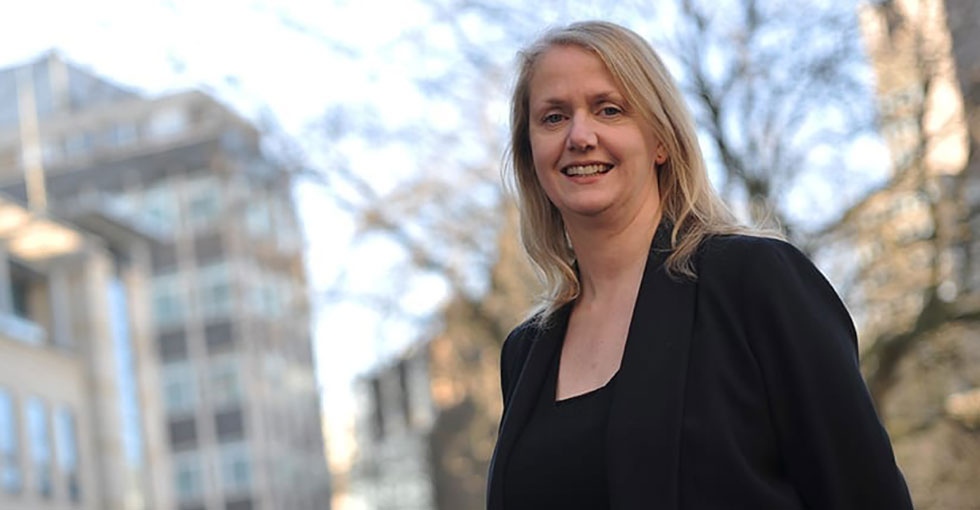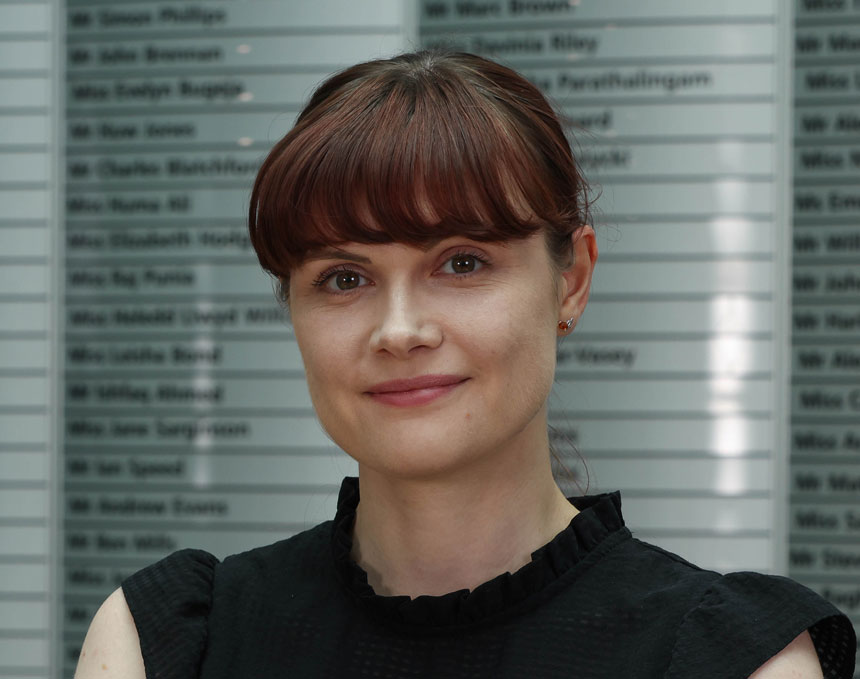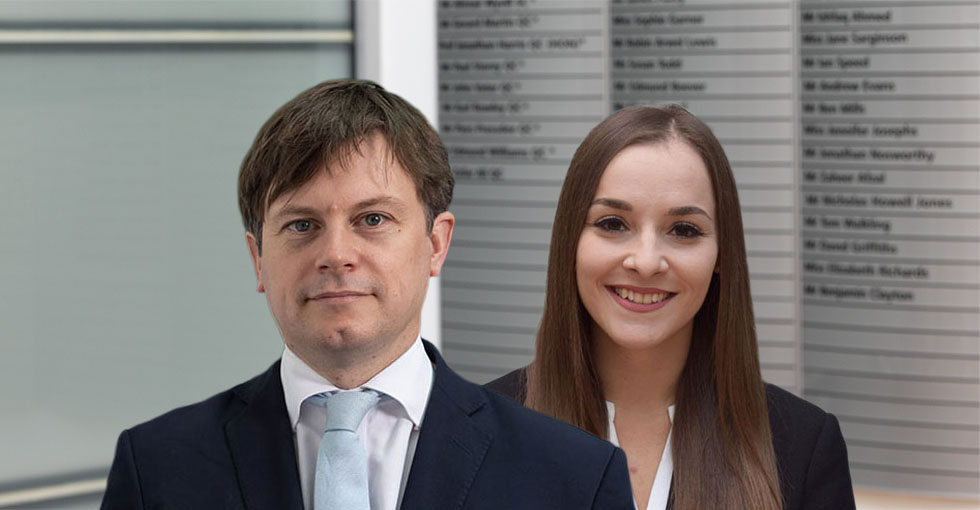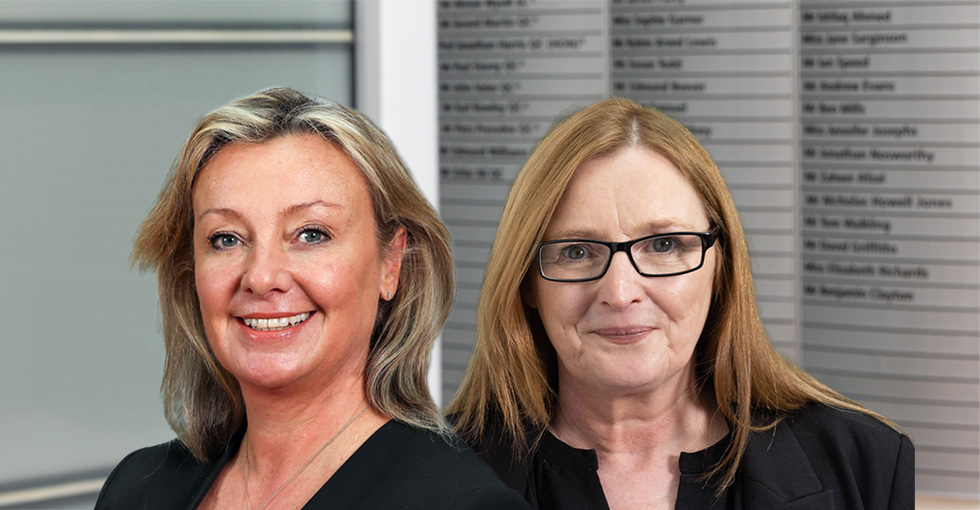There is so much variety within the dynamics of the modern family that the issue of siblings, their placement and their contact with each other is a major consideration in care proceedings. The placement of sibling groups has long been a challenge for professionals, be they the court, Social Workers, foster carers, Children’s Guardians or lawyers; it is well recognised, and often quoted, that the sibling relationship is potentially the longest lasting relationship in the life of a child.
The Department of Health Siblings Checklists (1991) was used by many professionals, however, this focused on the assessment of sibling pairs, but not the dynamics of larger groups. This was recognised by BAAF when they published ‘Together or Apart – assessments for siblings for permanent placement’ which was first published in June 2008. Recognising that since that time professionals’ knowledge about sibling relationships, diverse family dynamics and the effects of the problems they face in the 21st century has developed, BAAF instigated a comprehensive update of the guidance. This has now been published and Shelagh Beckett, who is well known to the courts and many lawyers, has undertaken the task. The original guidance was just 44 pages; the new guidance is 145 pages plus appendices that include sample forms and letters. This is, perhaps, an indication of the importance of this new guidance and the extensive research now available.
This guidance is called ‘Beyond Together or Apart’ for good reason. The focus of the professional dealing with brothers and sisters must be beyond the conclusion of the care proceedings and looking at the lifelong effects. This concept that is not new to us (Adoption and Children Act 2002 – section 1 (4)(c) the likely effect on the child (throughout his life) of having ceased to be a member of the original family and become an adopted person). Professionals now also work within the challenging timescales of 26 weeks, meaning that the assessments must be completed earlier. The guidance isn’t only for plans of permanency by way of adoption, but also for any children who become looked after, and early intervention with families. The guide pulls together the major research and papers relating to this important area, in one easy to understand guide.
To consider a sibling friendly service the guidance includes A CHARTER FOR BROTHERS AND SISTERS:
In foster care:
Information and explanations for separated brothers and sisters in foster care are crucially important. A quality service from the perspective of children might helpfully include the following:
- I know why it wasn’t possible to place us together.
- I know where my brothers and sisters are living.
- I know how I can contact my brothers and sisters.
- I know when I will see my brothers and sisters.
- I have photos of my brothers and sisters.
- My social worker has talked to all of us about why we are in foster care.
- I sometimes have/have had life history sessions that include my brothers and sisters.
- My foster carer knows important details about my brothers and sisters.
- I know that I can talk to my foster carer and social worker about my brothers and sisters – including any mixed up, confusing feelings that I might have.
- I know that my foster carer and social worker will help me to maintain links with my brothers and sisters.
- My social worker has written down the dates of my brothers’ and sisters’ birthdays and given these to me.
- I know that my foster carer knows how to contact the foster carers of my brothers and sisters.
- I know that my social worker thinks carefully about how to help me and my brothers and sisters and wants to make the best plans for all of us.
- I know that my social worker and foster carer will try to help if I have problems or fall-outs with a sibling.
- I know that my social worker works in a department that thinks relationships between brothers and sisters are really important – not just now but for when I’m older.
In permanent placements:
In the context of separation by adoption or other permanent placements for one or more children:
- I know the reasons why I am not living with all my brothers and sisters.
- I have information and explanations in my life story book about my brothers and sisters.
- I have met the family who care for my brothers and sisters.
- I know that my family met my brothers and sisters and have photos of us all together.
- I receive news about my brothers and sisters and how they are doing.
- I have recent photos of my brothers and sisters.
- I know when I will see my brothers and sisters (or why I cannot see them).
- I know that I can talk about and ask questions about my brothers and sisters.
How many children have these needs met well? Children will have the need for information and explanations throughout their childhood and beyond, and it is their right that they have those needs met as they grow up. The guidance places a strong emphasis on the assessments being undertaken with a collaborative approach between Social Workers, families, foster carers and all other professionals in the children’s lives.
The new guide considers:
- Children’s sibling relationships: what helps or hinders them. Looking at what is known about brothers and sisters, their relationships and how they develop. Then considering the impact of adversity (including domestic violence, bullying and disability) and how that affects the development of their relationships.
- Becoming looked after: early planning, placement and contact for brothers and sisters. An emphasis on the steps that can be taken that will helpfully contribute to a balanced and child centred assessment of children and their relationships with their brothers and sisters. The guidance offers proforma documents to use to record observations of contact that will help identify patterns of behaviours.
- Frameworks for assessments of sibling relationships and placements. The guidance includes a review of previous research, frameworks, models and approaches. It is always useful to able to consider in greater depth the research that Social Workers’ quote in statements and reports. Professionals working in this area are so much more alert to complexities of sibling assessment and the effect of their relationships for placement outcomes.
- Assessment: what you should include and why. Sample forms are provided for the significant elements required for the assessment of children. There is an emphasis on collaboration with all the professionals working with the children, together with family members and carers. Some of the hallmarks of high quality assessments: Child centred; holistic, focused on action and outcomes; involve children and families; builds on strengths as well as identifying difficulties; multi-agency and multi-disciplinary; transparent; open to challenge. A key element for assessments is that they must be analytical rather than just recording information and describing what is seen. The guide quotes research which provides a framework for analytical assessments:i) What is the assessment for?
ii) What is the story?
iii) What does the story mean?
iv) What needs to happen?
v) How will we know that we are making progress?
- Involving children, providing explanations and doing life story work. Provides the principles and values that help in respect of working with looked after children. In respect to life story work it sets out tips from research for compiling the work and the research that has been carried out to assist in making the work the best possible for the benefit of the children.
- Recruiting and preparing new families. The issue of sibling relationship relates not only to the children being placed, but to any other children in the placement. Once placed the importance of the correct support for the children and the family is highlighted in the guide.
- Preparing to move, matching and introductions. An intricate aspect of the process for children. Each child will need a different approach, and different help as part of the process. The important elements of the process are considered.
- Brothers and sisters: visits and keeping in touch. If children are separated it is vital that everyone, including the children, know and understand why that is the plan. This section considers the many positives and advantages of contact and how to avoid any pitfalls.
- Research: how children and their families fare. The whole guide brings together varied research and this chapter draws on this to identify key needs and looks at the issues that are faced by children and their families.
- Planning the right support for children and families. We all know that the support for families varies from area to area. The key elements for planning support include: financial support; a settling-in grant; domestic help; transport; housing, therapeutic help; help with managing emotions; specific help and support with behaviours and relationships.
This new guidance will be invaluable, and essential reading, for all professionals working in the children law arena. As legal practitioners it is crucial that we keep up to date with the research available to Social Workers. Not only do we need to understand what guidance they are working with and following, but we need to know, and recognise, when best practice is not being followed. That way, when it is not being followed, practice can be challenged, and in the best interests of the child, promoted before it is too late.










